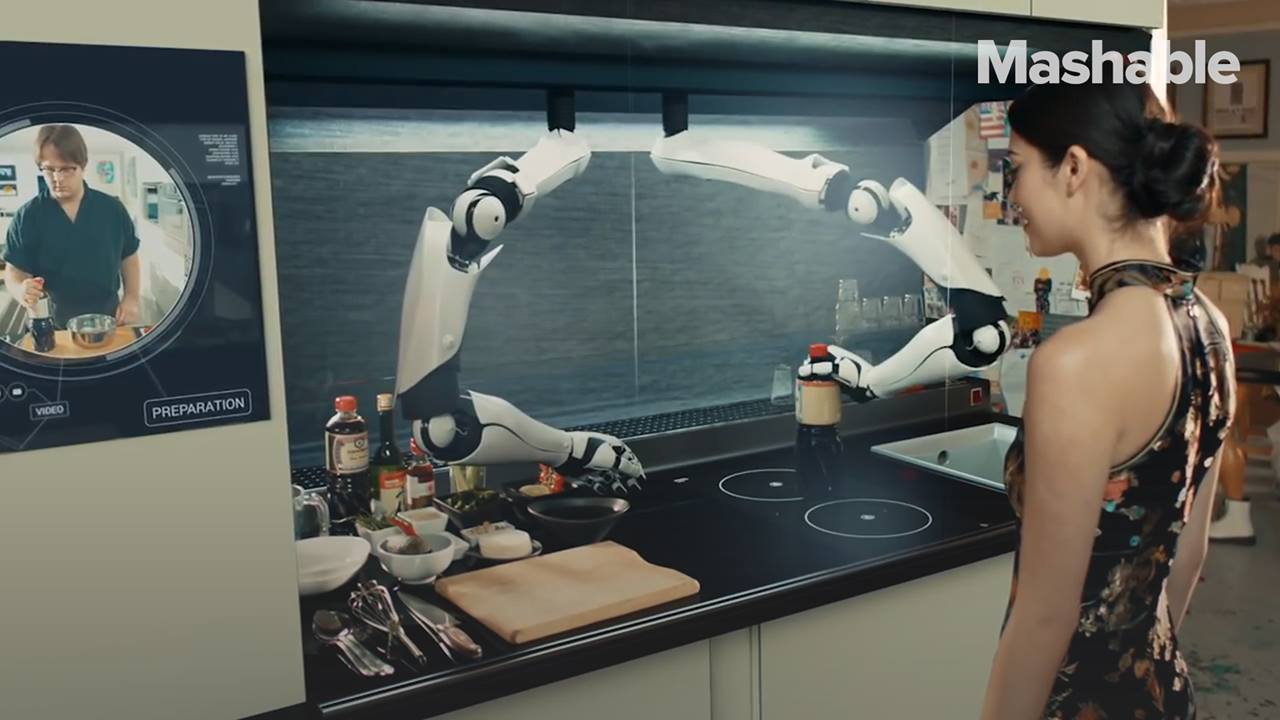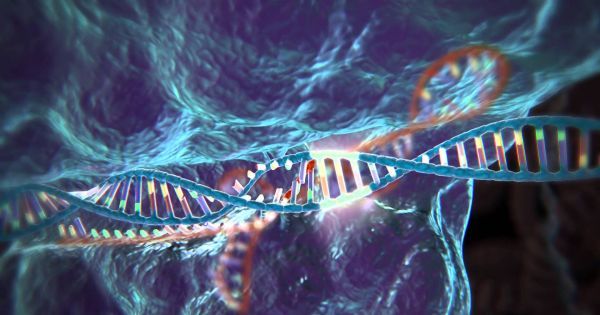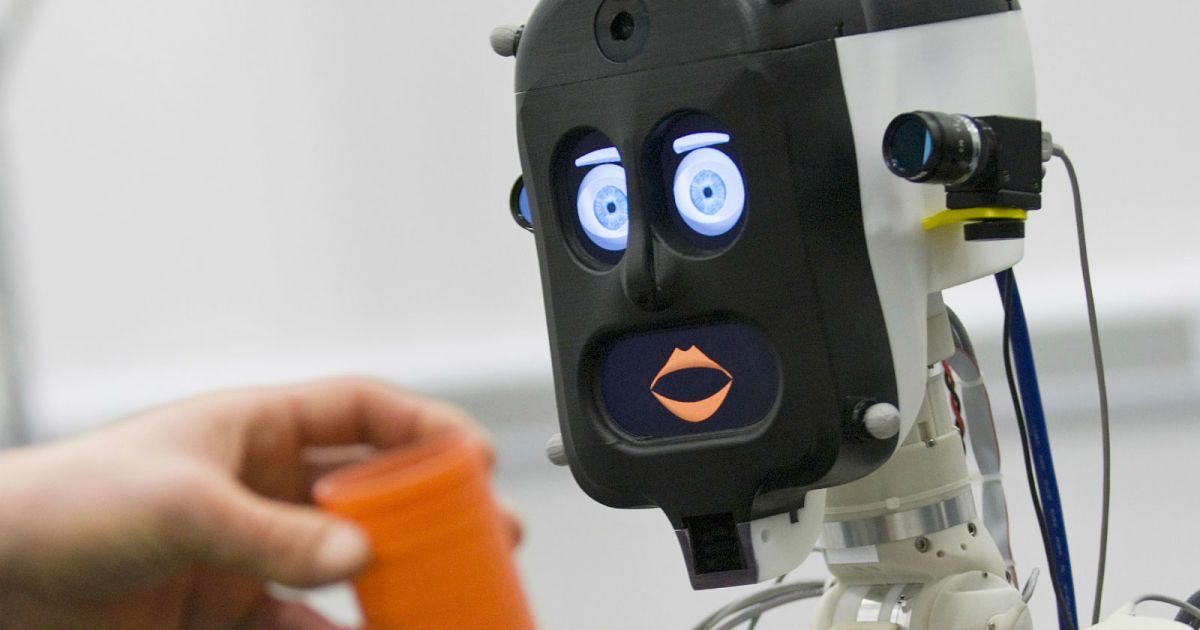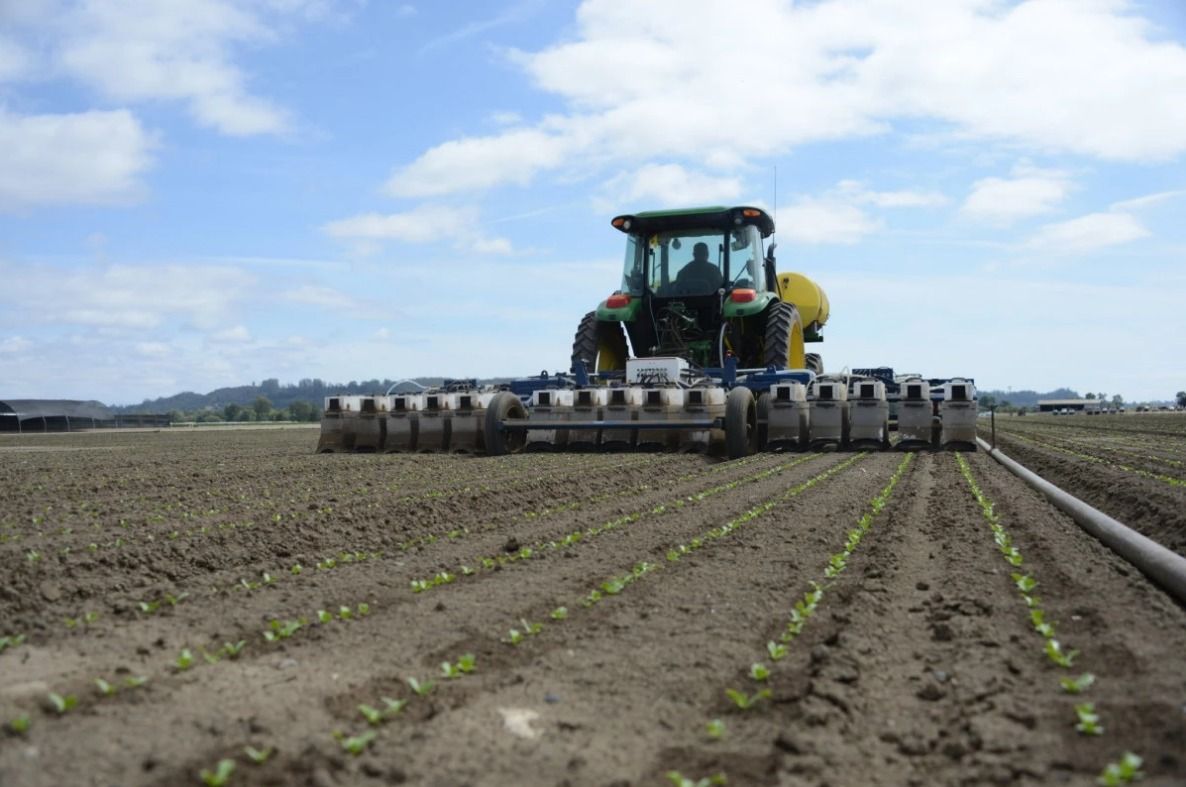
Category: food

Russia, China Collaborate On New eCommerce Site
This one makes me to want to dig more into the reason especially since just last week Russia announced its distrust of Chinese tech being used to hack into Russia’s governmental systems, etc. And, one thing about Russia and China is their protection and involvement in commerce and financials.
New trade routes are expanding between Russia and China. That’s according to Russia’s Far East Development Fund, which said an agreement has been made with Chinese technology company LeEco to develop an eCommerce platform focused on increasing food exportation to China.
LeLive, the name of the new platform, will broaden and increase sales of Russian agricultural items and products in the Chinese market. Facilitated by LeEco’s online platform — called “Le Ecosystem,” which has a monthly connection with more than 800 million users — the goal of the platform is to meet Chinese customers’ needs. Russian goods that will be available through the platform range from basics, like flour, butter and honey, to assorted beverages, sweets, canned meats and nuts.
China’s LeEco originally began as a digital content provider and recently acquired Vizio. Some have nicknamed LeEco the “Netflix of China.” Over time, LeEco expanded further into digital offerings, from music streaming, to mobile phones, to cloud storage, to film distribution.

Self-driving tractors promise to get themselves to work, plow without complaint
There’s been a lot of focus on consumer self-driving technology recently, but autonomy promises to shake things up in the agricultural world too. CNH Industrial’s latest concepts aim to demonstrate how self-driving tractors can deliver faster, more precise results than their human controlled counterparts.

Genetic Engineering Creates Piglets That Are Immune to Deadly Disease
Researchers genetically modify piglets to be resistant to an incurable disease plaguing hog farms, Porcine Reproductive Respiratory Syndrome (PRSS). The researchers cut out a specific gene to cure the pigs.

The Lionfish Terminator: Researchers Built a Robot to Kill Invasive Species
In response to the lionfish invasion’s adverse impact on the ecosystem, RISE will be building a robotic lionfish exterminator.
Biodiversity in the Carribean Waters, right now, is hanging on a thread. For years, its aquatic life has been threatened by pollution, overfishing, and other malpractices. Now, an even greater and uncontrollable threat has risen. It’s goal: having the “all you can eat seafood buffet” of its lifetime.
Meet the Lionfish.

China using Technology over Nature: Weather Modification Office
China has always been a frontrunner, especially in technological advancements. The country has engaged itself in increasingly audacious and ambitious projects. It is, therefore, no astonishment in calling China, ‘the rising power’.China has established Weather Modification Offices, that enables in manipulating weather using technology. The offices are a network of dedicated units that help in changing the weather throughout China. 55 billion tons of rain is created by China every year, making the country the largest cloud seeder on earth.
China has found the urge to manipulate weather mainly because of the extreme climate it experiences. The region has heavy downpour in rainy season while it suffers from drought in summers. Dust and sand storms are common in springtime. Moreover, given the fact that China has the largest population, it cannot afford to rely on climate. Most importantly, for agriculture. China found the only hope in technology in the manipulating weather for accruing benefits.
Weather modification offices require huge financial resources, human capital and weaponry. It is no wonder that China has spent millions of money on weather modification process. It has spent $150 million on single regional artificial rain program. China has escaped $10.4 billion dollars economic losses by employing weather modification system from 2002 to 2012. Over 35000 people have been employed to carry out this project. About 12000 rocket launchers are being used to fire pellets containing silver iodide into the clouds.

A Brain Circuit to Push Past Nutritional Stress
When we go hungry, we have the ability to ignore the urge to eat such that we can carry out the task at hand. It has long been known that the brain is involved in such decisions. But how the brain coordinates the response to nutritional stress so that the body can function normally is not understood very well. Now, researchers from the National Centre for Biological Sciences (NCBS), Bangalore, have discovered a brain circuit that allows fruit flies to take a major .

People will lie to robots to avoid hurting their feelings
In a test lab, Bert2 — a humanoid robot with three separate displays, allowing its eyes and mouth to express various emotions — performed in three different ways. One was silent and made zero mistakes, while a second was mute and programmed to make a single blunder (which it would then correct, quietly). A third was able to speak and accept simple “yes” or “no” responses from the user. In a basic kitchen scenario, the vocal android would apologise for its mistakes — after dropping an egg, for instance — and give a heads-up when it was about to try a new technique.
While the slowest, it was the robot that most people preferred.
But here’s where it gets interesting. At the end of the exchange, the robot would ask for a job. Some participants were reluctant to say no — even if they preferred the silent, more efficient robot — because they thought it would upset the machine. “It felt appropriate to say no, but I felt really bad saying it,” one of the test participants said. “When the face was really sad, I felt even worse. I felt bad because the robot was trying to do its job.”


Robots Inherit the Farm
In the US during the early 2000s there was an old political term for low skilled jobs, politicians called these jobs “the jobs that no one in America wanted.” Well, we now can start seeing the slogan by politicians as “the jobs that Robots can do for free.”
The focus of automation in farming has shifted from assisting humans to replacing them.
The average age of Japanese farmers is 67. Across all developed countries, the average age of growers is 60. Robotics and automation technologies are just now reaching the stage where agricultural robots can replace human farmers for many or most crop growing tasks.